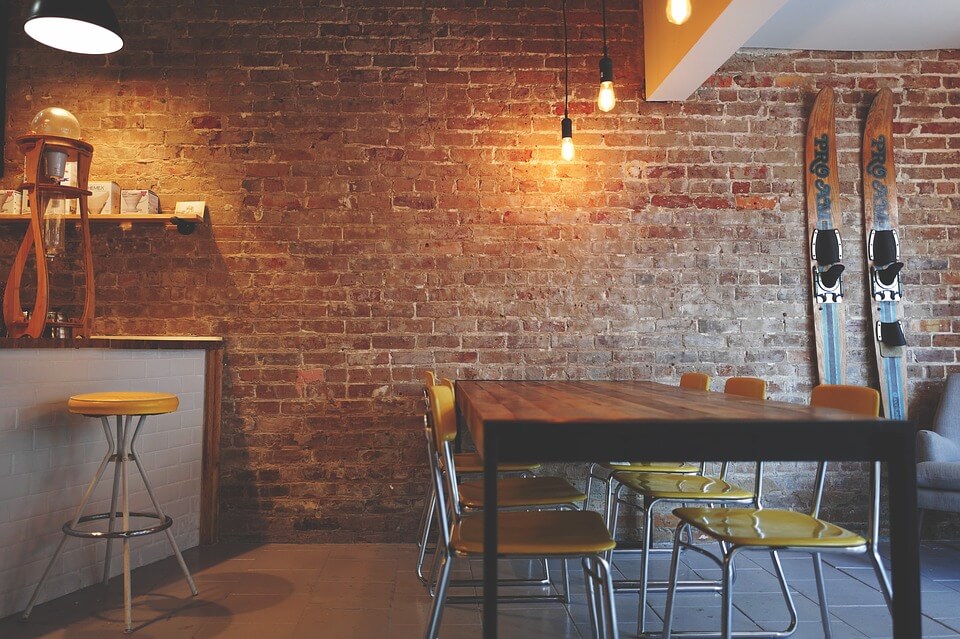by Gilbert Cabrales
LED (light emitting diode) lights are the latest technology in lighting designs.
There are practical reasons to consider using LED lighting in your home or office. LEDs have an embedded semiconductor device that converts electricity into light. They consume significantly less energy (up to 85%) than halogen lights, translating to big savings on your bills. They last longer and are available in an array of colors.
It’s no secret that the lights you use at home or work set the mood and seal the final look. So, how can LED lighting work effectively in interior and exterior space design?
Here are a few effective tips on LED lighting, placement, colors, and more.
LED advantages
Ecological friendliness. These lights are free of all toxic chemicals, are 100% recyclable, and help reduce your carbon footprint by up to a third.
Not only are LEDs extremely durable, resistant to shock, vibrations and external impact, but they are also operational in extremely cold or hot temperatures.
LEDs can run on a low-voltage power supply, so they are good for outdoor settings. You can also connect an external solar-energy panel to them, which makes LED great for rural or “off-the-grid” areas.
LED in your home
Living room – As this is the most used part of the house, LED lights should be used to create an ambient light environment. You could consider light dimmers and any glare and strong shadows should be eliminated with thoughtful placement. Using a Total Design philosophy is important in creating a cohesive look.
Kitchen – This workspace should be illuminated entirely with wide-angle lights for increased clarity. A great way to highlight pantries, counters, and islands is by using narrow-beam LED lighting. Under cabinet lighting also comes in handy here.
Dining – With plenty of ambient lighting, here the main focus should be on the table itself. Hanging chandeliers and pendant lights are suitable to make the space look beautiful and functional.
Bedrooms – Primarily to relax, these spaces don’t require heavy lighting. Accent lights to highlight photos or artwork lends a classy touch. A provision for a reading light and floor lights is a must-have.
Bathrooms – These areas need a lot of light as people get dressed here, put on makeup, do their hair and need to be able to see finer details. Lights behind the mirror and recessed LED ceiling lights throughout help to provide several lighting options.
Hallways and stairs – You can make your home inviting by using effective lighting strategies even in hallways and stairs. Floor lights to illuminate stairs themselves and spotlights for art nooks or photos are good ideas.
Choosing LED color temperatures
Cool white – This is the most bright, and should be used in kitchens, libraries, garages and outdoors.
Neutral white – The most natural color, neutral white is closest to sunlight. Used where color rendering is most important, for showcasing artwork, fireplaces, architectural details and open spaces.
Warm white – Warm white used exclusively in leisure areas such as dining rooms, living areas, relaxation spots and bedrooms.
LED Tips
Corners – LED lighting placed in the corner of the room wastes a lot of light and doesn’t contribute to energy savings. Be sure to configure the proper placement of lights with an experienced LED supplier or contractor.
Ceiling fans – Ensure there are no lights inside the diameter of the blades which would cause an annoying and unsettling flicker throughout the room whenever the fan was in use.
Distribution – Choosing multiple lower power LED lights, or dimmable LED lights, instead of a few higher power ones is always a better distribution strategy.
In addition to the many design choices available with LED lights, they serve a functional purpose: The opportunity to save money. With so many benefits, the growth of LED lighting in design is expected to continue to grow significantly over the next few years.
Gilbert Cabrales has been with CS LED since its inception in 2008, first as an employee and then as a valued partner. Gilbert has vast experience in both lighting and electrical work and has a unique method for collaborating with his clients. He doesn’t stop at the sale. Instead, he works to truly connect with his clients and remains a resource throughout the lifespan of each one of their lighting projects. From design to implementation and beyond, you can count on Gil to deliver LED expertise and true partnership capabilities.
